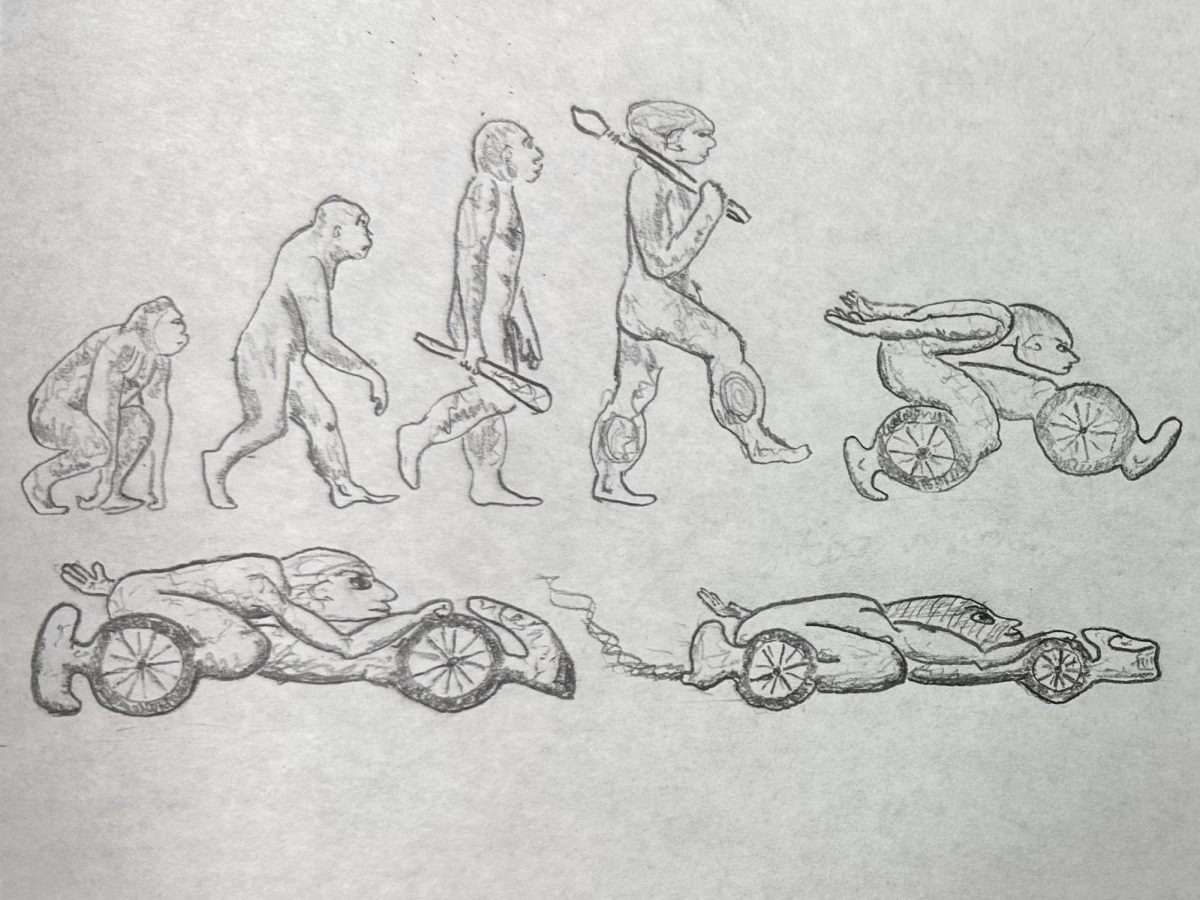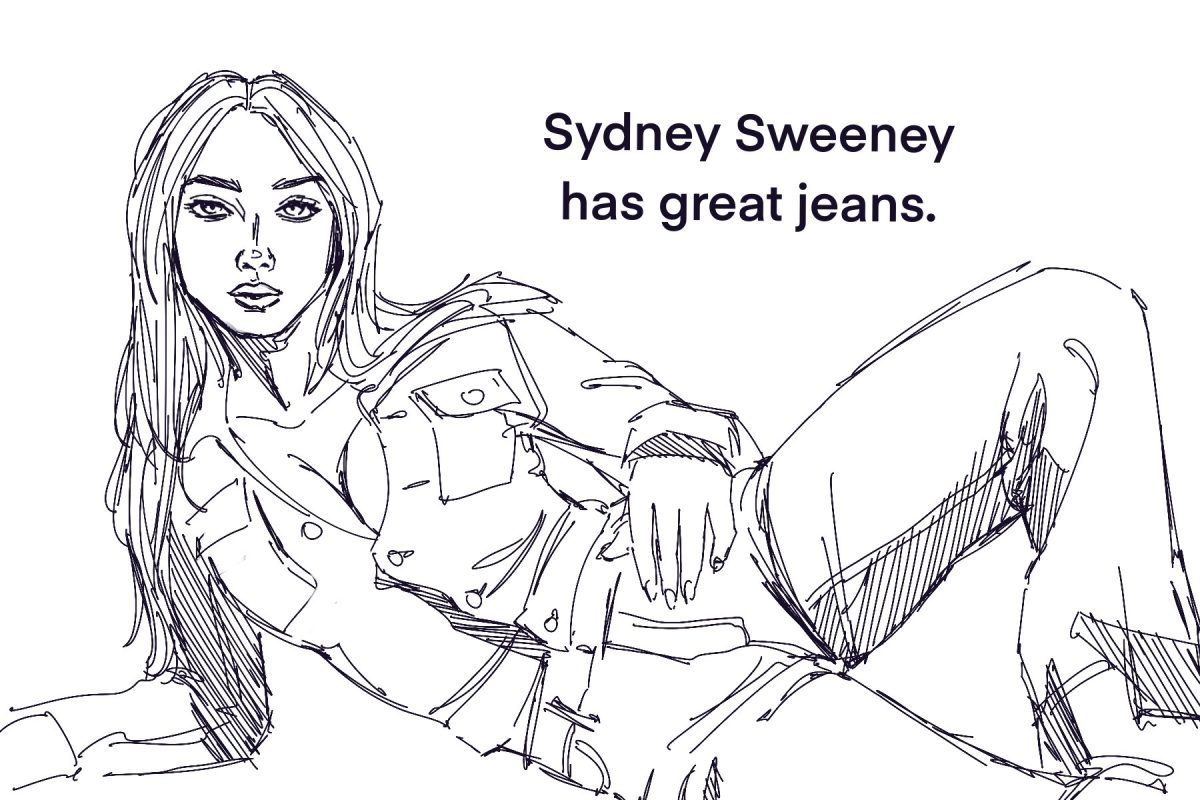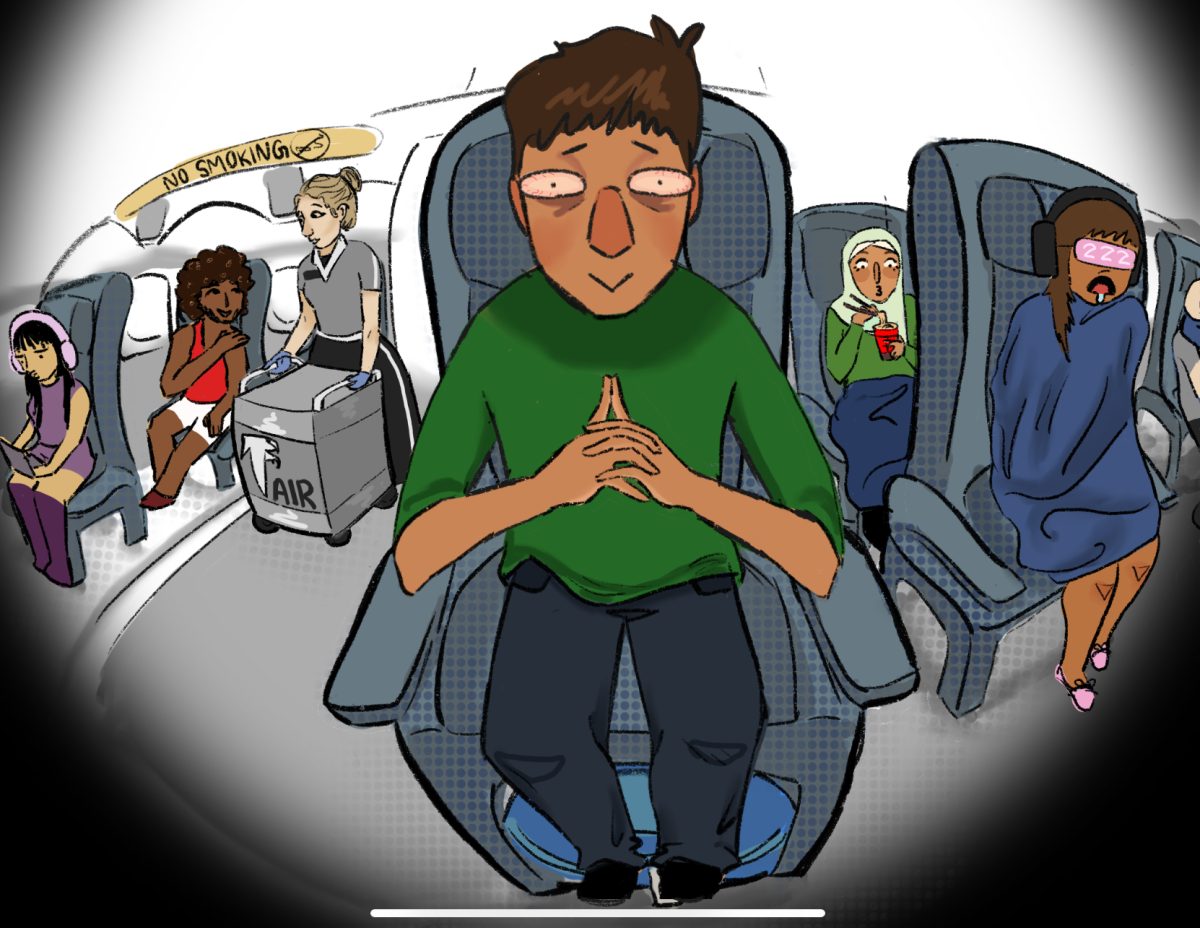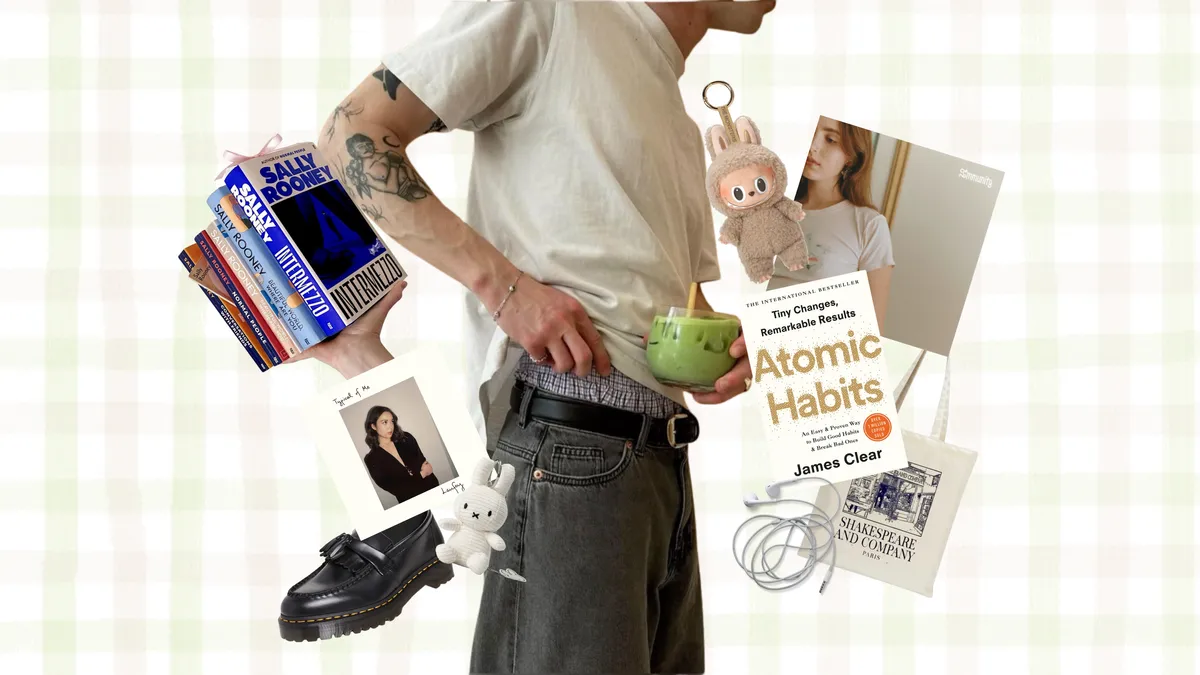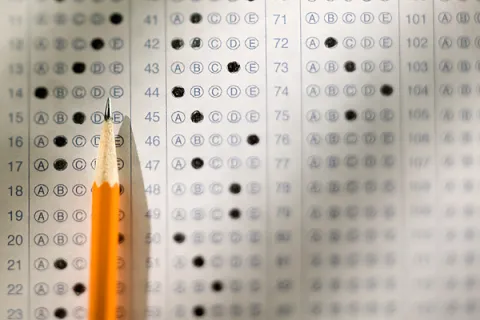Humans lack wheels. However, there are manifold advantages to such an evolutionary design. Firstly, wheel-axle conveyance systems are inherently more efficient than jointed limb systems. Wheels allow for continuous, smooth movement, offering an advantage over the short bursts of energy necessary to lift a limb. In typical bipedal movement, once a limb reaches the end of its train of motion, it must be pulled forward to repeat the process. Such a sudden change of momentum is energetically inefficient and, even after millennia of evolutionary polish, inferior to the efficiency of wheeled locomotion, wherein the direction of the wheel’s momentum is constant. Stability is another merit of wheeled locomotion. Wheels assume gyroscopic effects at high speeds, yielding evolutionary benefits, as wheeled organisms could sustain higher speeds more comfortably. Ergo, these organisms could also reach greater maximum speeds, which would be useful in carnivorous pursuits and in escaping from organisms higher up the food chain.
Considering these advantages, the absence of wheels in any known organism is surprising. The principal reason for this lies in the nature of evolution: the probability of obtaining a mutation for fully functional wheels over a single generation is nearly impossible. Indeed, it would be biomechanically “difficult” for a wheel to form. The wheel must be free-spinning on an axle, something that is rarely seen on the macroscopic scale. In fact, there is only one instance of this in animals: certain mollusks, slugs, and snails have a spindle in their stomach that rotates slowly to release digestive enzymes. Secondly, the wheel must also be round and possibly have a tread—perhaps the most attainable characteristic of the concept. And, finally, the wheel must be propelled somehow. It is unlikely that a muscle would be used for this, as it would limit the wheel’s rotational freedom. A workaround to this would be a muscle attached to the outside of a wheel that extends and contracts to “pull” the wheel in a certain direction, similar to a human’s leg on a unicycle. A more likely alternative is a pneumatic or hydraulic system, which would be used to “spray” the wheel into motion. Perhaps the organism could use air as a propellant; a lung-like organ could provide the necessary pressure. However, the possibility of an organism mutating all three of these components at once is far-fetched. Moreover, this evolution could not happen in stages, as any “in-between” stage of a wheeled organism, such as a wheel that is not round or free-spinning, would likely result in immobility and therefore death.
Some may postulate that the idea of organisms with wheels is ridiculous. However, evolution is, at least in part, a stochastic process, and different early mutations could have resulted in different phenotypes to combat the same environmental challenges. There is no certainty that evolution has been repeated from the start; it would have yielded organisms of similar appearances to the organisms of today, and discussion of what exactly these alternative evolutionary pathways would look like offers valuable insight into evolutionary biology.
This piece also appears in our January 2024 print edition.

